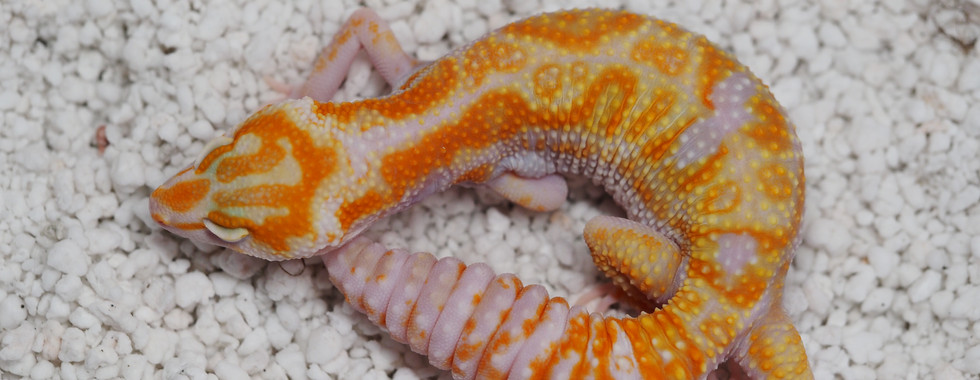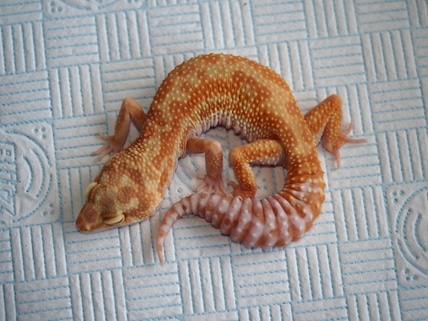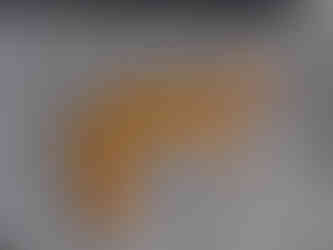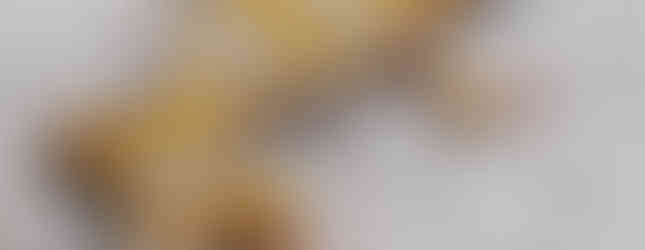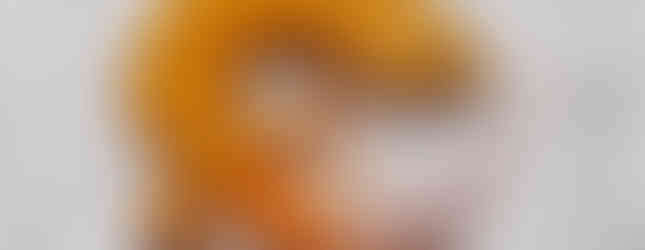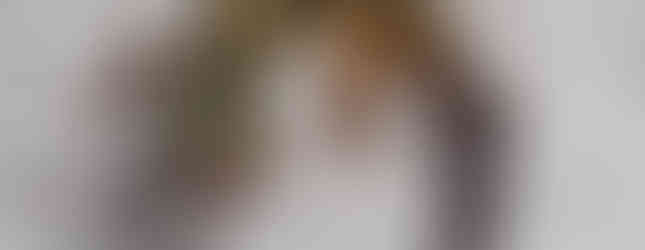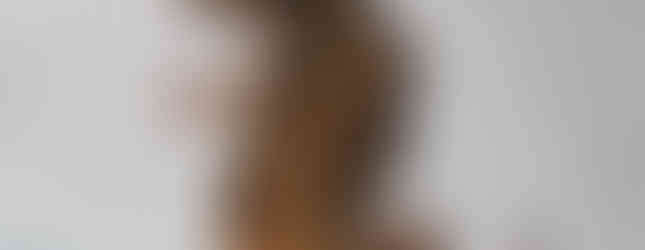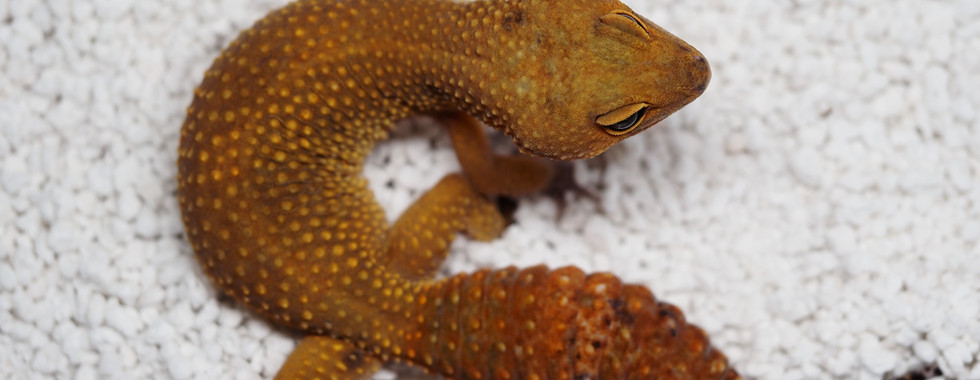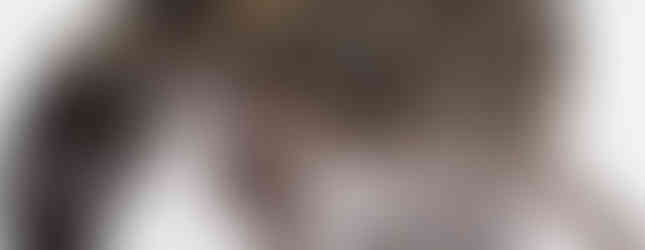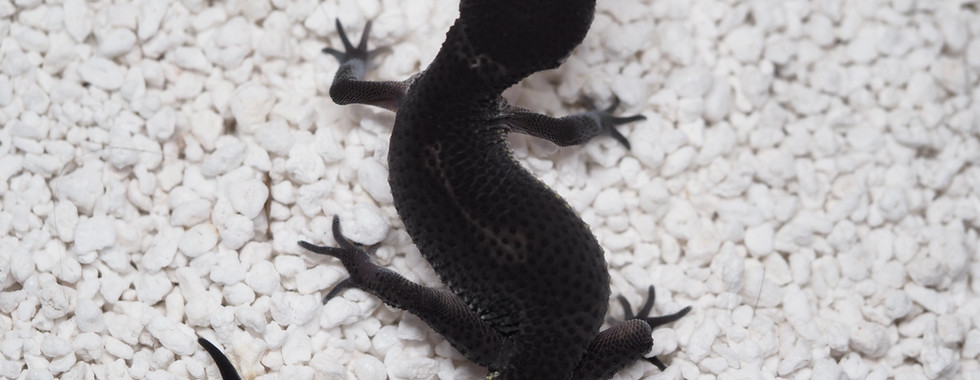This list is a work in progress, and still needs some images for some morphs.
Any suggestions or criticisms can be sent to any of our social media accounts, or our chatbot!
Dominant
White & Yellow
Colour enhancer
High white sides
Smaller spots
Enigma
Extreme colour enhancer
Smaller smaller spots
Unethical to produce due to neurological issues linked to the gene, which often become irreversibly apparent when animal is stressed
Pale grey eyes
Extreme colours
Excessive growth of facial tissue
Unethical to produce as gene is linked to cancerous tumours
Vermillon
Colour enhancer
Highlighted dorsal stripe
Lavender, orange, green and yellow pigment common
Paradox spots common
Ghost
Paler complexion
Greens common
Paradox spots common
Gem Snow
Paler complexion
TUG Snow
Paler complexion
Albey Snow*
Paler complexion
Debate over whether this is dominant or line bred
Incomplete Dominant
Mack Snow / Super Mack Snow
Mack Snows are black and white as hatchlings but often yellow with age
Super snows have fully black bodies as hatchlings, but turn white with black spots with age
Super Snows will always have black eyes regardless of the presence of eclipse
Commonly combined with Eclipse and White & Yellow
Giant / Super Giant*
Creates very large Leopard Geckos (150+ grams)
Much debate over whether they are Dominant, Line bred, or Recessive
Recessive
Eclipse
Eye pigment gene
Causes black or partially black eyes
Where the gene is present, but the black pigment is entirely receded, geckos can look albino but are not. This is called Abyssinian.
Causes white feet, higher white sides, and smaller spots
Pied, especially on the nose and feet common
Common myth eclipse can affect eyesight - it doesn't!
NDBE
Colour enhancer
Causes dark marbled eyes
Can cause facial deformity
Female NDBEs are infertile
Common in tangerine lines - particularly Tornados and Mandarins.
Dorsal stripe and enhanced colours common in het NDBE animals
Marble Eye
Marbled eyes
Blizzard
White, dark purple or yellow colour
Patternless
Often have black eyes without any eye genes present
Patternless pink as hatchlings
Murphy's Patternless
Similar to blizzard, but usually have white tails and yellow bodies
Completely patternless
Have interesting spotting as hatchlings which fades as they age
Albino Strains
Tremper
The most common of the albino strains.
Visually cannot be reliably told apart from other albino strains
Lacking in black pigment - usually shades of yellow, white and pink with pale brown eyes
Bell
The second most common of the albino strains.
Visually cannot be reliably told apart from other albino strains
Lacking in black pigment - usually shades of yellow, white and pink with pale brown eyes
Often are darker than other albinos, but not always!
Rainwater
The least common of the albino strains.
Visually cannot be reliably told apart from other albino strains
Lacking in black pigment - usually shades of yellow, white and pink with pale brown eyes
Line Bred
Normal
Default colouration for Leopard Geckos
Bold Stripe
Two pigmented stripes down the geckos back
Many spin offs from the base phenotype (Bengal, Lavender Stripe, Firebold, and more)
Hypo / Super Hypo
Few to no spots on the back
Spots on and tail and sometimes head
One of the most common morphs
Jungle
Bolder and more abstract pattern than normal
Not a morph - more of a descriptor
Carrot Tail
Significant amount of orange on the tail (75%+)
Tangerine
Orange
There are hundreds of tangerine lines, all with their own distinct traits, the some being Blood, Mandarin, Green & Tangerine, Clown, Tornado
Melanistic (Black Night, Charcoal, Black Pearl)
Line bred to be dark - black
Current trend is to mix them with Super Snows to create solid black pied animals, or with tangerine to create 'chocolate orange' geckos - loads of potential with this line
Still commonly thought to be the most expensive morph, but this is now far from the truth, with pure line animals being sold for as little as £500 in 2024.
Previously had fertility issues and a few other problems related to inbreeding depression, but this seems to be becoming less prevalent as more breeders begin to work with the line.
References












